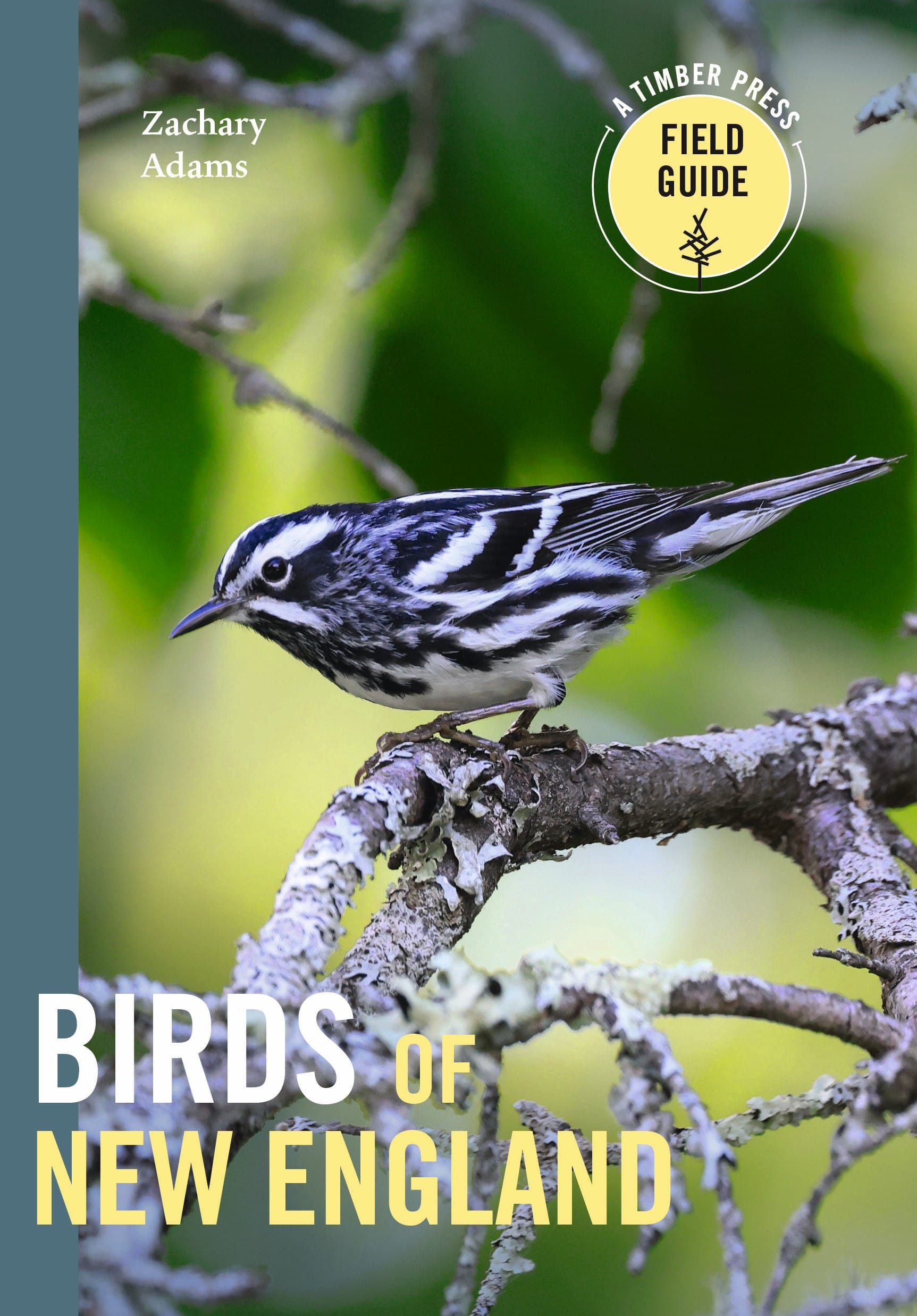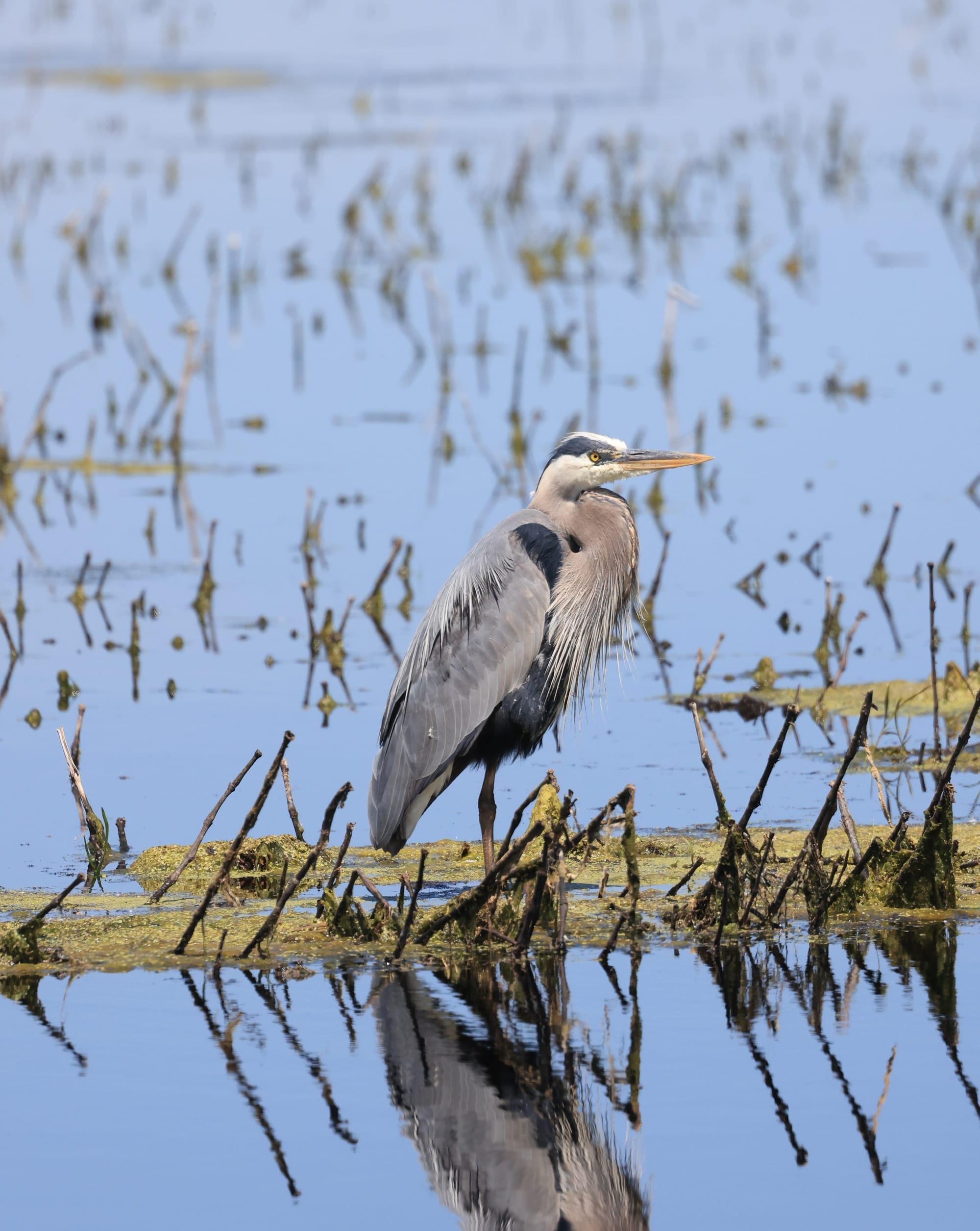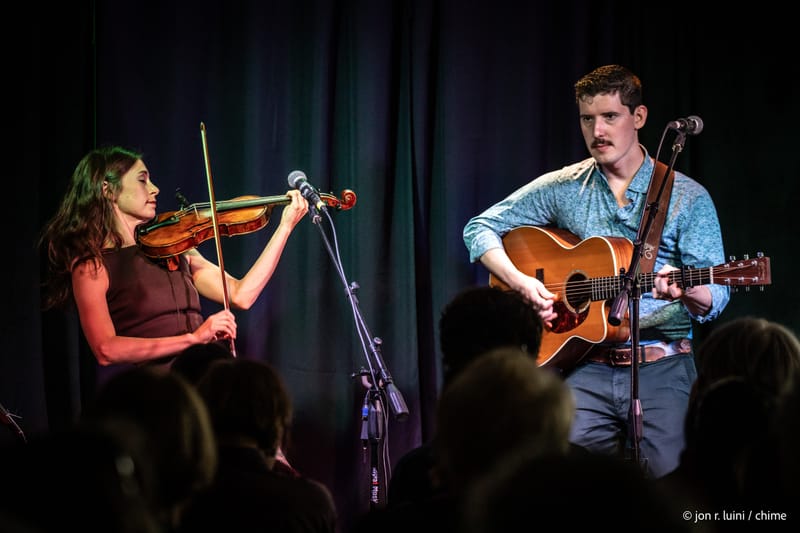What's that bird? This local author and birder can tell you
In his new book, "Birds of New England," Massachusetts author Zach Adams shares his love of birds.
By Rich Tenorio | Correspondent
If you’ve ever gone to the Mystic Lakes on the Medford-Winchester line, chances are you’ve seen many bird species great and small, from bald eagles to black-crowned night herons.
Now a new book, by Massachusetts resident Zach Adams, is here to inform readers about those birds along with hundreds of species throughout the six states of the Northeast: "Birds of New England."
“What I really enjoyed was being able to share my love of birds with people,” Adams said.
Published as part of the Timber Press series of regional field guides, the project took three years to complete. The author contributed not only the text but also some of the photos, with other images coming from friends and additional sources.
It was a busy time period, and not only because of the book.
“I wrote the book, I got a new job, I got married, we moved and got a dog,” Adams said. “It was a whirlwind.”
The book contains information on 362 New England species, from sea birds to wrens. Many can be seen right here in Medford. That includes America’s national symbol, which has been spotted soaring over the Mystic Lakes.

“This giant bird of prey soars flat, like a floating board of wood, hardly moved by wind or air currents,” Adams writes in the book, adding, “Look for this bird near water or feeding on carcasses in open fields.”
“Their population rebounded from a big decline pre-1970s, pre-environmental legislation,” Adams told Gotta Know Medford. “The rebound has been remarkable.
"They’re pretty heavy fish-eaters," he continued. "All of the waters – coastal, freshwater – those parts of Massachusetts have plenty of opportunities for eagles.” And, he said, “their nests are not just in trees, but maybe sometimes telephone poles, stuff like that. It doesn’t have to be super far away from people.”
Herons have been seen roosting on bare branches by the Mystic Lakes.
“Often, a lot of the herons are pretty big birds,” Adams said. “The lack of vegetation helps with jumping off for them. With less leaves, they can see predators coming. It’s a nice vantage point to hunt and stay away from predators.”
Adams said that, typically, a lot of herons move out in the winter and cooler months, although it’s not a hard and fast rule.
"They can be pretty hardy," he said. "They start to come back in the early spring in bigger numbers.”
Some of the birds in the book are more commonplace throughout Medford – think of pigeons and ducks. Here, again, the book may contain some surprises. That pigeon you see bobbing its head up and down while walking on its webbed feet? It’s a rock pigeon, and it’s not a native species.
“I don’t know exactly when pigeons were brought to the US,” Adams said. “They made their way to a lot of parts of the world.”
In his book he writes that “across the country, it can be found wherever there are crumbs and grains. This bird has incredible homing capabilities, is entertainingly social, and is a downright copycat of other birds when it comes to silhouette in flight.” In fact, he adds, “It often resembles ducks dropping in to land on the water.”
Adams knows what it’s like to see a squadron of actual ducks descending on the water. One morning, when he was a few weeks away from becoming a certified birder, he got up early in hopes of photographing ring-necked ducks on a pond several hours from his home.
“Of course, they heard us a long ways away,” he recalled.
Several hundred ducks flew off. Luckily, they decided to come back.

“All 400 ring-necked ducks, out of nowhere, came back onto the pond,” Adams said. “They may have come from 1,000 feet in the air. They made a whooshing sound, like a spaceship through the atmosphere … I’ve never had a moment like that since.”
He explained the qualities that help ducks move through the air at high velocity.
“If you hold a duck’s wing and feel the feathers, it’s going to feel very different than a shorebird or owl feather,” Adams said. “It’s very stiff. It often makes ducks very, very fast fliers. Every now and again, you’ll see a street camera fitted with a radar on it, and a mallard will come by at 35-40 mph.”
The book calls the mallard “the quintessential duck,” adding, “Its whistling wings and quintessential duck quack make it easy to find … Learning every aspect of a Mallard is great for comparing to other puddle ducks.”
Adams has more general advice for the would-be birder.
“What I really try to promote is having fun with birds, enjoying it,” he said, adding that he also appreciates “being with my friends, enjoying the time together, a little quality time to find a bird.”
And, he reminds people, “No matter how long you’ve been birding, you’re going to make mistakes. It’s going to happen for everyone. It’s how you learn.”





